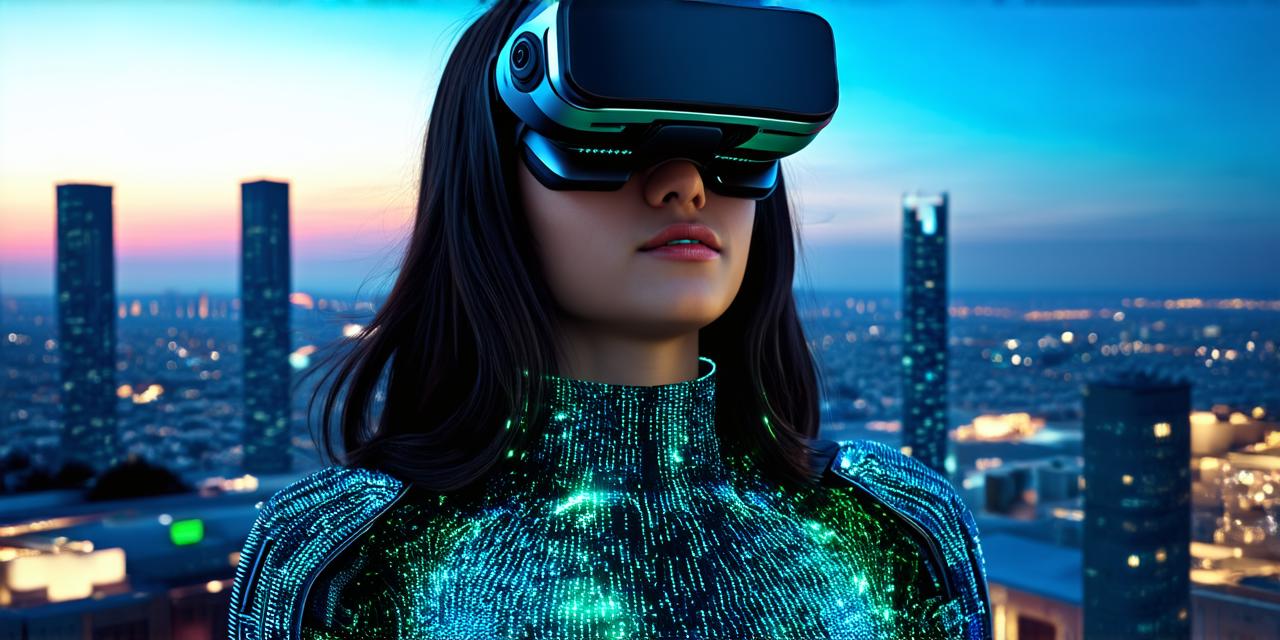Virtual reality (VR) technology has been rapidly growing in popularity over the past few years. As more people invest in VR headsets and other devices, there’s an increasing demand for virtual reality apps. However, developing a VR app can be a complex process that requires specialized skills and resources.
1. Platform Development Costs
One of the most significant factors that affect the cost of developing a VR app is the platform you choose to develop for. There are several VR platforms available today, including Oculus, HTC, Samsung, and Google Daydream. Each of these platforms has its own set of development tools and resources, which can significantly impact the overall development costs.
For example, if you decide to develop your VR app for the Oculus platform, you’ll need to invest in the Unity game engine and other specialized tools. On the other hand, if you choose to develop for the Google Daydream platform, you may be able to use existing tools like Unreal Engine or Android Studio.
2. Team Size and Skills Required
Developing a VR app requires specialized skills and expertise. You’ll need to hire a team of experienced developers who have experience in VR development. The size of the team will also depend on the complexity of the app you want to develop.
A small team of two or three developers may be sufficient for simpler VR apps, but more complex apps may require a larger team with specialized skills. For example, you may need to hire developers who have experience in Unity or Unreal Engine, as well as graphics designers and sound engineers.
3. 3D Modeling and Asset Creation Costs
Another significant factor that affects the cost of developing a VR app is the 3D modeling and asset creation costs. Creating high-quality 3D models and assets can be a time-consuming and expensive process. You’ll need to invest in specialized software like Maya or Blender, as well as hire experienced 3D artists who have experience in creating assets for VR apps.
The cost of 3D modeling and asset creation will depend on the complexity of the assets you want to create. Simple 3D models may be created using free tools like Taoist or Blender Guru, while more complex models may require specialized software and skilled artists.
4. Testing and Quality Assurance Costs
Once your VR app is developed, it’s essential to test it thoroughly to ensure that it works as expected. You’ll need to invest in testing equipment like motion capture systems and virtual reality headsets to test your app on different platforms.
You’ll also need to hire quality assurance specialists who can test your app for bugs and other issues. The cost of testing and quality assurance will depend on the complexity of the app and the number of testing platforms you want to support.
5. Marketing and Distribution Costs
Finally, marketing and distribution costs are an essential factor that affects the overall cost of developing a VR app. You’ll need to invest in marketing your app to attract users and distribute it through various channels like app stores and online marketplaces.
The cost of marketing and distribution will depend on the platform you choose to distribute your app on, as well as the competition in that platform. You may also need to invest in advertising and promotional activities to generate buzz around your app.
Conclusion
In conclusion, developing a VR app can be a complex and expensive process. The cost of developing a VR app will depend on several factors, including platform development costs, team size and skills required, 3D modeling and asset creation costs, testing and quality assurance costs, and marketing and distribution costs. By understanding these factors and planning accordingly, you can develop a successful VR app that meets your business goals.
